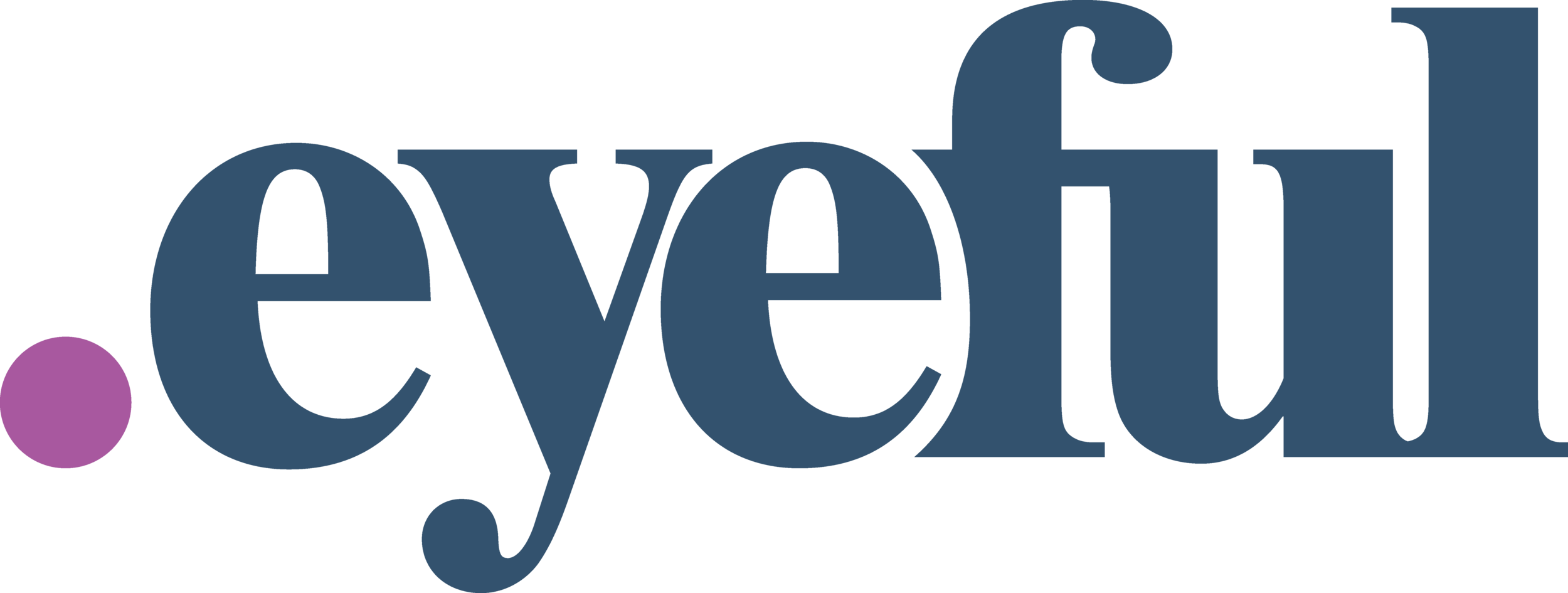5 Key Takeaways from Google Marketing Live 2025
By Jordan Coon, Sr. Paid Media Manager
Google Marketing Live 2025 delivered a clear message: the future of digital marketing is powered by AI, automation, and intent-driven experiences. With several updates across Google Ads, YouTube, and measurement tools, brands now have more ways to connect with customers at every stage of their journey.
From smarter bidding and keywordless campaigns to agentic shopping and AI-generated creatives, these innovations promise to boost efficiency, improve ROI, and reshape how marketers think about performance.
Google Marketing Live 2025
Here are the five biggest takeaways every marketer should know:
1. AI Max & the “Power Pack”: A Smarter, Keywordless Search Future
What’s new: The “Power Pack” (Performance Max, AI Max, Demand Gen) now includes AI Max, a one-click feature that learns from landing pages, ad creatives, and existing keyword lists to infer intent and target users (without relying solely on keyword targeting).
Why it matters: Keywordless targeting represents a paradigm shift in paid search, reducing dependency on manual keyword curation. Google claims that AI Max delivers 27% more conversions at similar CPA/ROAS, suggesting it may be worth testing & incorporating into campaign strategies later this year.
Impact for marketers: Faster one-click campaign setup, higher efficiency, and smarter automation will help brands reach high-intent audiences more precisely. This is especially valuable for brands with extensive or complex product catalogs and for brands looking to get their feet wet in the world of Google. In addition, it may provide opportunities for more seasoned marketers to take the reins of AI Max campaigns to refine structures & test new initiatives using previously untapped search terms, headlines, and landing pages (particularly while keyword targeting remains an option).
Bonus: AI Max also improves visibility into what combinations of search terms, headlines, and landing pages perform best, helping to close a historical transparency gap in automated campaigns (i.e., PMax when it first launched).
2. Agentic AI: Moving from Search to Seamless Action
What’s new: Google is evolving from understanding “what people want” to “why they want it and what they need next.” This includes AI-powered price tracking, buy-now checkout, and agentic shopping journeys, where search helps users take direct action with AI doing the heavy lifting.
Why it matters: This makes search not just a discovery tool but a transactional engine, compressing the funnel and improving conversion velocity.
Impact for marketers: More qualified, conversion-ready traffic (especially in eCommerce). Agentic experiences may increase AOV, improve customer satisfaction via real-time value delivery and fewer steps to purchase, and have a more immediate impact when products are discounted due to users receiving push notifications when a product goes on sale.
3. AI-Driven Creative & Content Generation
What’s new: Google Ads’ Asset Studio and VEO (video generation AI) allow advertisers to create videos and images directly using product feeds and prompts. SynthID will be able to watermark AI-generated content for transparency. These features aren’t immediately available but are expected to be an option accessible directly within Google Ads later this year.
Why it matters: Content velocity & volume are often bottlenecks for performance marketing. These tools democratize high-quality, scalable creative production.
Impact for marketers: Faster creative turnaround leads to more testing and better performance. Also helps brands stay visually consistent and tailored across placements. AI-generated assets increase personalization while maintaining brand identity.
4. Creator Partnerships Hub & YouTube as a Discovery Engine
What’s new: Google unveiled a Creator Partnerships Hub, making it easier to discover and collaborate with YouTube creators (and even view partnership pricing). According to Google, 83% of Gen Z users research via creators. New partnership opportunities allow advertisers to tap into trusted and authentic sources while targeting their ideal audience. In addition, Google announced more controls & features for Demand Gen, including brand search lift.
Why it matters: YouTube isn’t just a video platform — it’s a hybrid of search, social, and influencer marketing. This new hub makes performance and authenticity more scalable.
Impact for marketers: Especially powerful for lifestyle, DTC, and high-consideration brands. Brands can tap authentic creators with built-in trust, leading to stronger mid-funnel influence and brand lift. With the introduction of brand search lift for Demand Gen, brands can quantify the impact of upper-funnel strategies on brand search.
5. Smarter Measurement & Marketing Mix Modeling (Introducing: Meridian)
What’s new: Google is rolling out a modern measurement framework with new tools like Meridian, improved attribution, incremental lift testing (now starting at just $5K), and the Data Manager API.
Why it matters: As privacy rules tighten, attribution is harder. Google’s integrated stack gives brands an affordable and resilient measurement foundation, especially for multi-touch, cross-channel journeys.
Impact for marketers: Businesses can unlock increased understanding of which media and tactics actually drive performance, leading to smarter budget allocation and stronger ROAS. It also creates the confidence to scale campaigns responsibly.
With these announcements, Google set the bar high for marketing across their ecosystem in 2025 and beyond. As a Google Premier Partner, the team here at Eyeful is committed to helping clients leverage Google’s platform to help them grow their business and drive revenue. If you would like to partner with us, we would love to hear from you.

